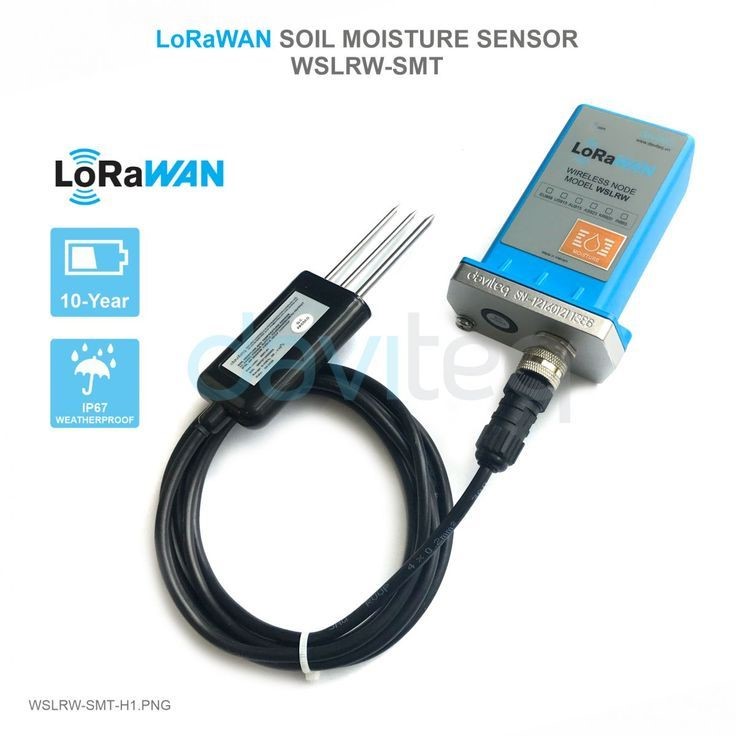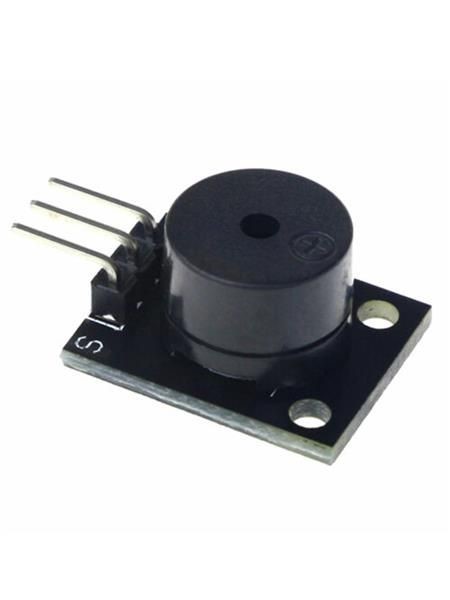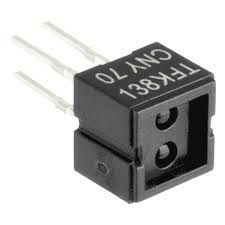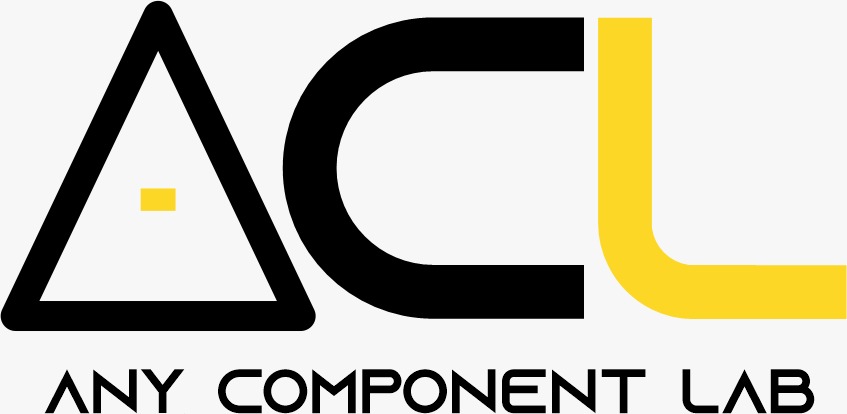Humidity, the amount of moisture in the air, plays a crucial role in various aspects of our lives. From agriculture and manufacturing to our personal comfort and health, maintaining optimal humidity levels is essential. This is where humidity sensors come into play, acting as the invisible guardians of our environment. One of such companies that have been able to reach farmers using the concept of Humidity sensors is Sesi Technologies. The product( Grainmate Moisture Meter) helps farmers to reduce post harvest loss and increase productivity as well as maximize income. https://sesitechnologies.com/
What are Humidity Sensors?
Humidity sensors are electronic devices that measure the relative humidity (RH) of the surrounding air. They work by detecting changes in certain physical properties of materials that are affected by moisture. These properties can include:
Capacitance: The ability of a material to store an electrical charge, which varies with moisture content.
Resistance: The opposition to the flow of electricity, which decreases as moisture increases.
Weight: The weight of a hygroscopic material (one that absorbs moisture) changes with humidity.
Types:
There are various types of humidity sensors available, each with its own advantages and disadvantages:
Capacitive Sensors: These are the most common type, using a capacitor whose capacitance changes with humidity. They are known for their accuracy, stability, and low cost.

Resistive Sensors: These sensors use a material whose resistance changes with humidity. These devices are typically used in applications where low power consumption is crucial.

Piezoelectric Sensors: These sensors use a piezoelectric material that generates an electrical charge when deformed by moisture. They offer high sensitivity and fast response time.

Optical Sensors: These sensors use light to measure humidity levels. Often used for precise measurements and in harsh environments.

Applications:
These devices have a wide range of applications, including:
Climate Control: Used in HVAC systems to maintain comfortable humidity levels in homes, offices, and industrial settings.
Agriculture: Farmers use these devices to monitor greenhouse conditions and optimize irrigation systems.
Manufacturing: These devices are crucial in controlling moisture levels in industrial processes, particularly those involving sensitive materials.
Healthcare: Used in medical devices to monitor respiratory conditions and ensure the accuracy of medical equipment.
Weather Monitoring: They are essential components of weather stations, providing vital data for forecasting and climate research.
With advancements in materials science and electronics, the future of these sensors holds exciting possibilities. The use of nanomaterials and integrated circuits is paving the way for smaller, more energy-efficient, and versatile humidity sensors.
Shop down below:



